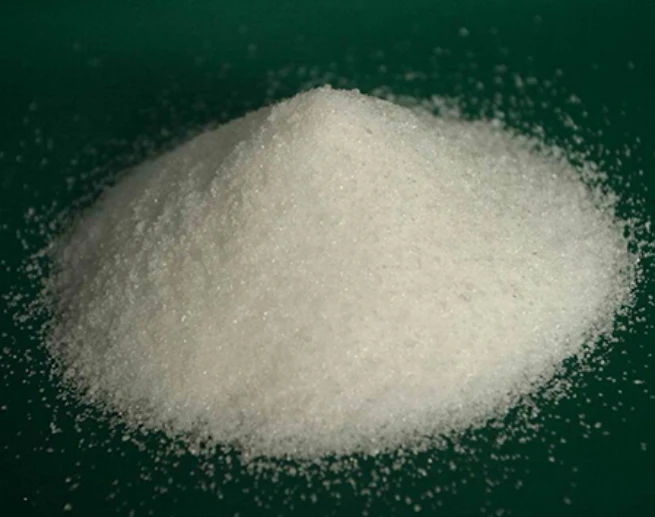acrylic acid homopolymer
Acrylic Acid Homopolymer Properties, Applications, and Future Prospects
Acrylic acid homopolymer, a synthetic polymer derived from acrylic acid, has garnered significant attention in various industries due to its unique properties and versatile applications. Understanding the characteristics, uses, and potential advancements related to this polymer can provide valuable insights into its importance in modern material science.
Properties of Acrylic Acid Homopolymer
Acrylic acid homopolymer, often referred to as polyacrylic acid (PAA), exhibits several notable physical and chemical properties. One of its defining features is its water-solubility, which opens up a myriad of applications, especially in the field of adhesives, coatings, and hydrogels. The polymer is known for its high viscosity and gel-forming ability when hydrated, making it an excellent choice for thickening agents and gelling agents in various recipes and formulations.
Additionally, the hydrophilic nature of acrylic acid homopolymer allows it to absorb water efficiently, leading to the formation of hydrogels that are utilized in products like diapers and wound dressings. The pH-sensitive behavior of PAA also adds to its applicability; it can swell or shrink in response to changes in environmental pH, a property that is particularly useful in drug delivery systems and controlled release applications.
Applications of Acrylic Acid Homopolymer
The applications of acrylic acid homopolymer span a vast array of industries, including but not limited to
1. Medical Field In medicine, polyacrylic acid is often employed for wound dressings and drug delivery systems, due to its biocompatibility and capacity for moisture retention. Its gel-forming properties create an ideal environment for healing, making it a staple in various healthcare products.
2. Agriculture PAA is used in agriculture as a moisture-retentive agent. It assists in soil conditioning to enhance water retention, thus improving crop yield. This property is especially beneficial in arid regions where water scarcity is prevalent.
acrylic acid homopolymer

3. Personal Care Products In cosmetics, acrylic acid homopolymer acts as a viscosity modifier. It is commonly found in lotions, creams, and gels, contributing to the texture and stability of these products. Its ability to form films also enhances the performance of hair styling products.
4. Adhesives and Sealants Due to its excellent bonding capabilities and adhesion properties, acrylic acid homopolymer is utilized in adhesives and sealants. It provides strong adhesion to various substrates, making it suitable for both industrial and consumer applications.
5. Coatings In the coatings industry, it serves as a key component in producing paints and protective finishes, offering benefits like enhanced durability and resistance to environmental stressors.
Future Prospects
Looking ahead, the future of acrylic acid homopolymer is bright, driven by ongoing advancements in polymer science and materials engineering. Researchers are continuously exploring ways to enhance the functionality of PAA, including its thermal stability and mechanochemical properties. Furthermore, the development of biodegradable variants is gaining momentum, addressing the growing demand for sustainable materials in light of environmental concerns.
New techniques in polymer synthesis and modification may also lead to more tailored properties for specific applications, pushing the boundaries of what acrylic acid homopolymer can achieve. Moreover, with the increasing focus on drug delivery systems that require highly efficient and targeted methods, the unique properties of PAA position it as a frontrunner in the development of next-generation pharmaceutical formulations.
Conclusion
In conclusion, acrylic acid homopolymer is an indispensable material across multiple sectors due to its unique properties and adaptability. As industries continue to evolve and adapt to new challenges, the role of polyacrylic acid is likely to expand, driven by innovation and the essential need for effective, efficient, and sustainable solutions. Whether in healthcare, agriculture, or mundane consumer items, this polymer stands at the forefront of modern advancements, promising exciting opportunities in the years to come.
-
Water Treatment with Flocculant Water TreatmentNewsJun.12,2025
-
Polymaleic AnhydrideNewsJun.12,2025
-
Polyaspartic AcidNewsJun.12,2025
-
Enhance Industrial Processes with IsothiazolinonesNewsJun.12,2025
-
Enhance Industrial Processes with PBTCA SolutionsNewsJun.12,2025
-
Dodecyldimethylbenzylammonium Chloride SolutionsNewsJun.12,2025





